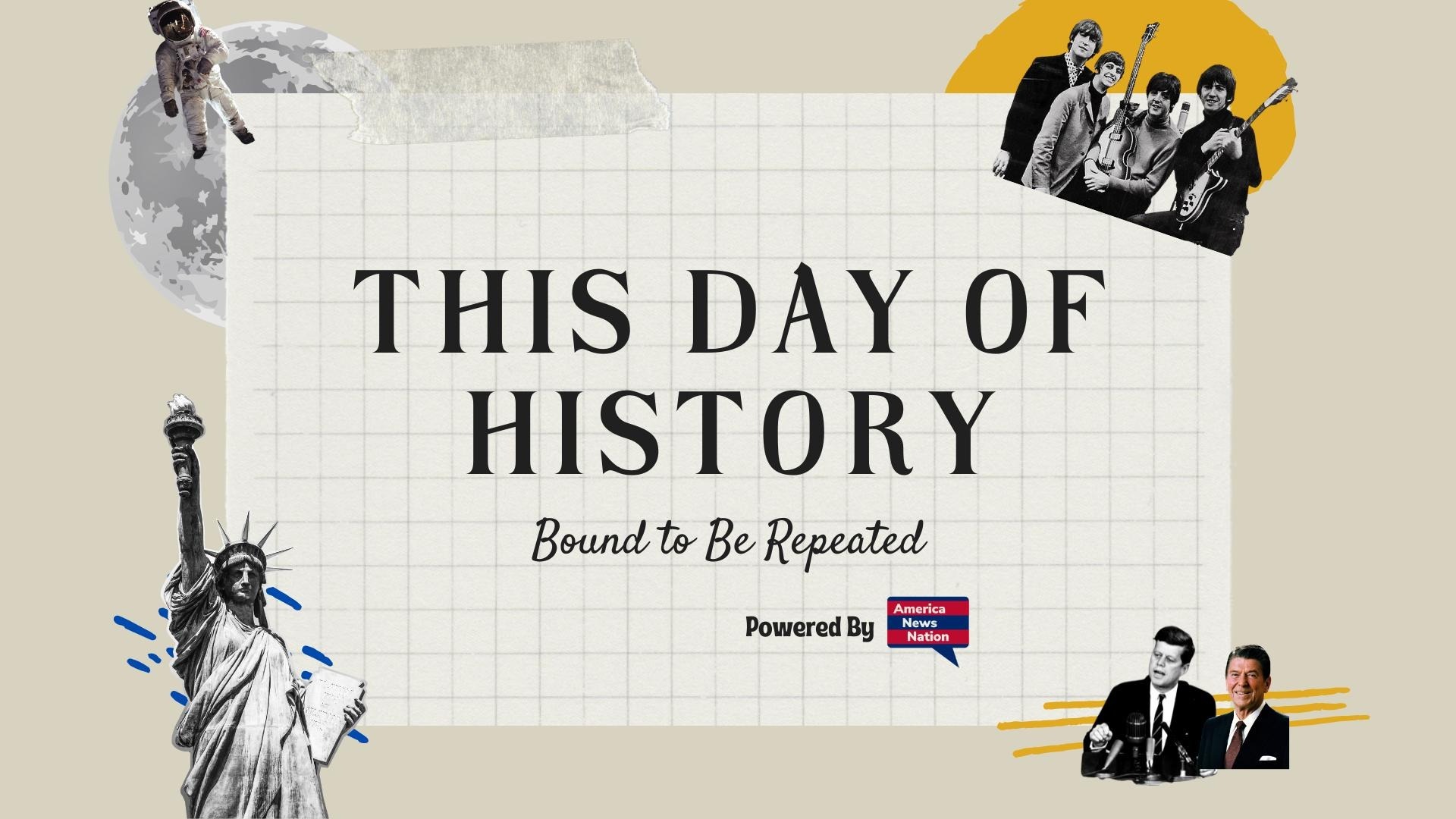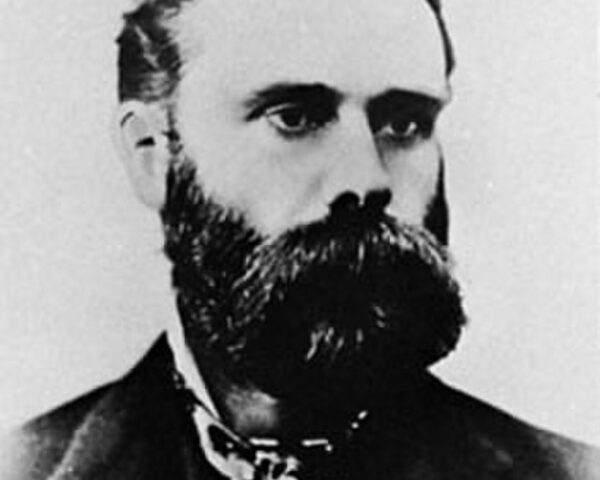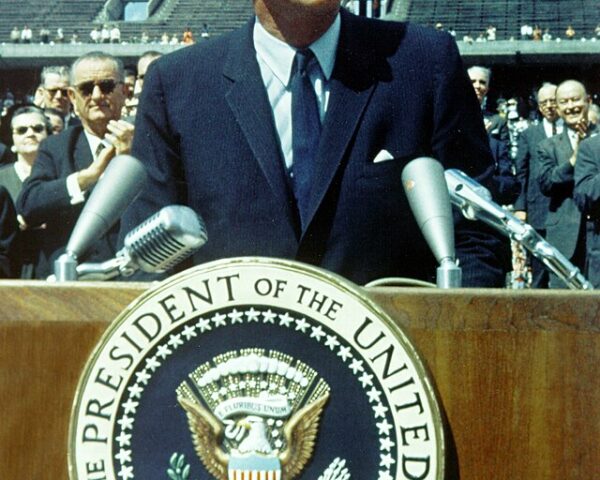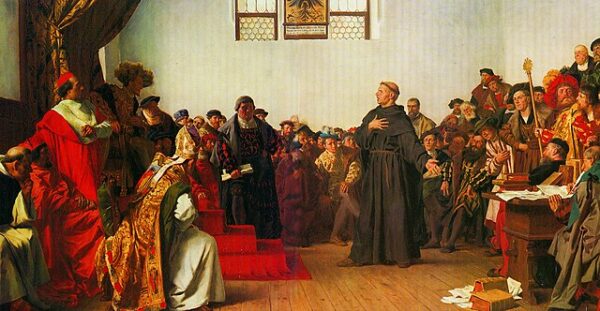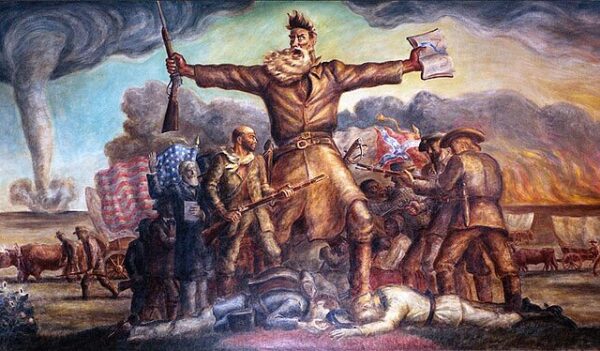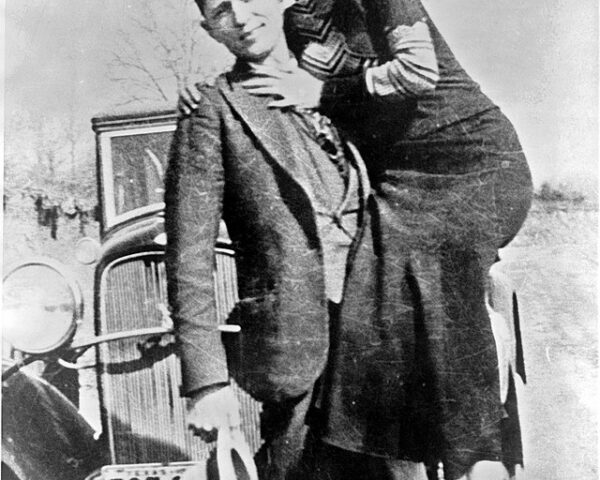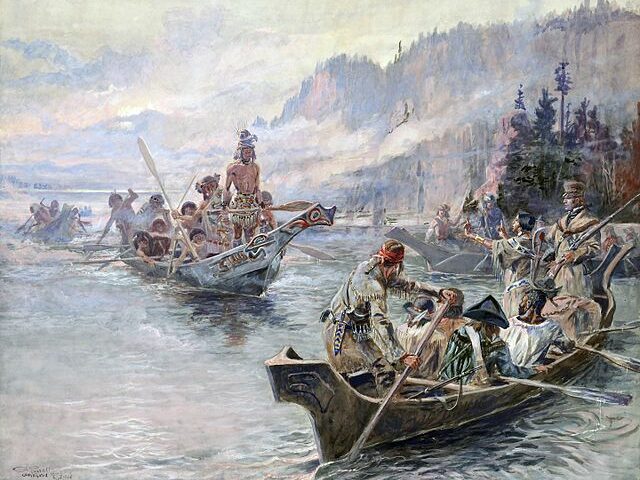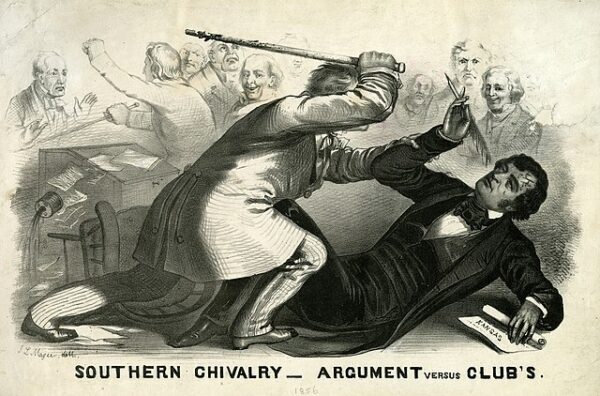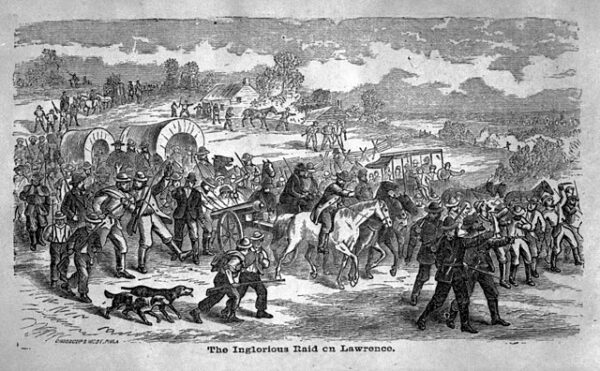On May 26, 1896, Charles Dow, a pioneering financial journalist, and co-founder of Dow Jones & Company, published the first edition of the Dow Jones Industrial Average (DJIA). This seminal event marked a turning point in financial reporting and market analysis, establishing a new standard…
Read MoreOn May 25, 1961, in a bold speech delivered before a special joint session of the United States Congress, President John F. Kennedy issued a challenge that would define a generation and redirect the trajectory of American science, industry, and global prestige. Speaking just…
Read MoreThe Diet of Worms, convened in 1521, stands as a pivotal moment in the history of the Reformation and European religious politics. This imperial council, held in the German city of Worms, was summoned by Emperor Charles V to address the burgeoning theological controversy stirred by Martin Luther. Luther, a German…
Read MoreOn May 24, 1844, a slender copper wire running between the U.S. Capitol in Washington, D.C., and a Baltimore train depot carried more than just electrical signals—it bore the weight of a new era. At precisely 8:45 a.m., inventor Samuel F. B. Morse, seated…
Read MoreOn the night of May 24, 1856, one of the most violent episodes of “Bleeding Kansas” occurred at Pottawatomie Creek, dramatically influencing the already tense atmosphere between proslavery and antislavery forces in the United States. Angered by the beating of Charles Sumner, John Brown, a…
Read MoreOn May 23, 1430, amid the brutal and grinding wars that had ravaged France for nearly a century, the woman who had once turned the tide of battle at Orléans found herself surrounded, outnumbered, and—most damning of all—abandoned. Joan of Arc, the teenage peasant-turned-warrior…
Read MoreBonnie Parker and Clyde Barrow, better known as Bonnie and Clyde, are among the most infamous figures in American criminal history. Their violent escapades during the Great Depression era captivated the nation and etched their names into the annals of American folklore as legendary bank robbers.…
Read MoreOn May 22, 1804, the boats pushed off from the banks of St. Charles, Missouri, and the United States crossed a threshold. What lay ahead was not merely a geographic expedition but a test of national ambition—a collision of science, sovereignty, and myth. The…
Read MoreOn May 22, 1856, the United States Senate chamber witnessed a shocking and violent episode that reflected the intense sectional tensions of the antebellum era. Congressman Preston Brooks of South Carolina brutally assaulted Senator Charles Sumner of Massachusetts with a cane, an event that…
Read MoreOn May 21, 1856, the town of Lawrence, Kansas—a fledgling stronghold of free-state resistance on the contested frontier—was looted and burned by a posse of some 800 proslavery partisans under the authority of a federal marshal. Though often recast in summary as a mere…
Read More
